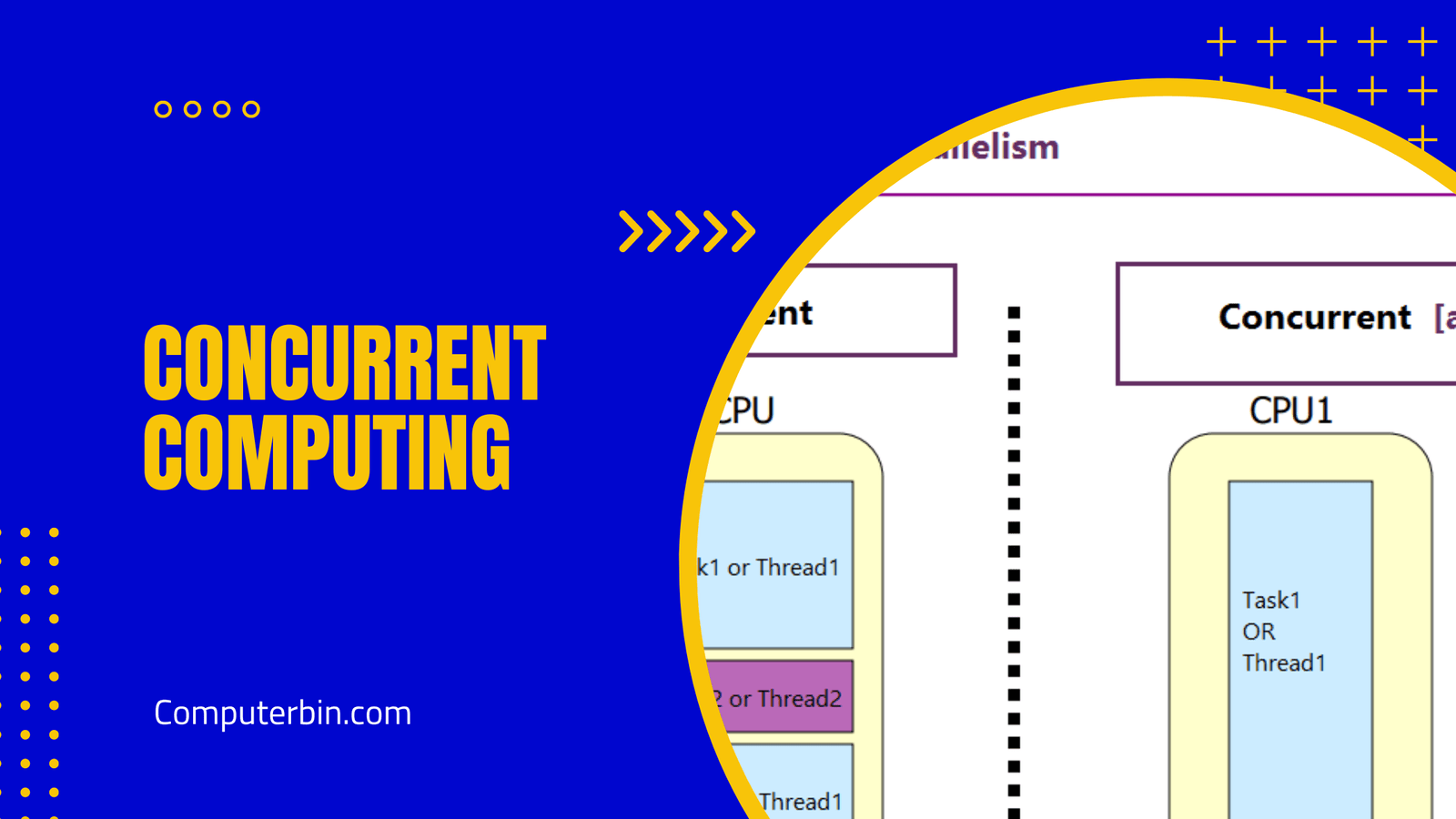An adder is a digital circuit that performs addition, usually on binary numbers. It plays an essential role in computer processing as it handles basic arithmetic operations like addition, subtraction, multiplication and division.
Different Types of Adders in Computer
Computers use two main types of adders.
- Half Adders
- Full Adders
A half adder performs the addition of two binary digits (known as bits), producing a sum and carry bit as outputs. On the other hand, a full adder adds three bits (including any carry bits from previous additions), producing both a sum and carry bit in outputs.
Computer processors employ an adder to carry out arithmetic operations on data stored in its registers. When an instruction to perform such an operation is received, the processor retrieves this information from its registers and sends it to the adder for processing. The adder then performs the necessary operation and returns its result back to the processor which stores it again for future reference.
The adder is an essential element of the processor, as it enables it to quickly and accurately perform complex arithmetic operations. Without an adder, a processor would not be able to execute instructions or complete tasks effectively.





